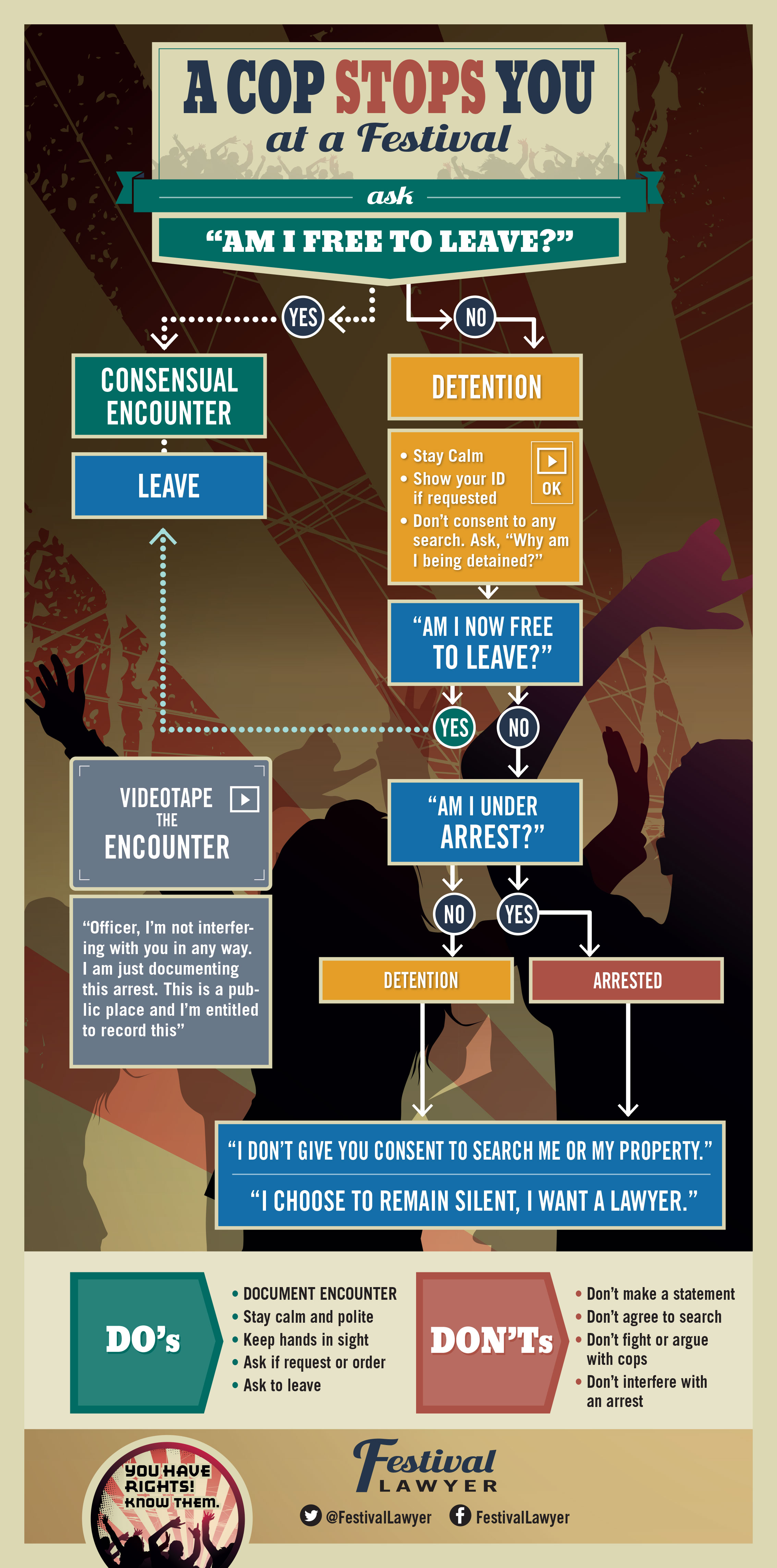What To Prepare For: The Chronology Of A Typical Separation Case
What To Prepare For: The Chronology Of A Typical Separation Case
Blog Article
Material Writer-Alston Rodriguez
As you embark on the trip of browsing a separation instance, you might find yourself questioning the timeline that lies in advance. From the preliminary stages of submitting papers to the intricacies of arrangement and the capacity for a test, each step holds its very own set of difficulties and uncertainties. Recognizing the series of events can aid you get ready for what's to come and anticipate the weaves that may occur in the process.
Initial Declaring and Service of Records
When starting the divorce procedure, the very first step is the first declaring of the necessary records with the court. This action formally starts the lawful procedure and establishes the divorce instance in motion. You have to submit kinds that outline the grounds for separation, possessions, responsibilities, revenue, expenditures, and any other appropriate details called for by the court.
After filing these documents, copies need to be served to your partner, notifying them of the divorce process. Read This method can be done with a process-server, sheriff's workplace, or certified mail, making sure that your spouse is formally alerted of the separation situation versus them.
When the files are filed and offered, the court will offer an instance number and assign a court to supervise the case. It's vital to precisely finish and file these papers, as any errors or omissions can postpone the divorce process.
This preliminary action lays the foundation for the legal dissolution of your marital relationship, marking the beginning of a possibly difficult but required process.
Discovery and Arrangement Stage
Throughout the Exploration and Settlement Phase of a separation situation, both parties engage in collecting information and exchanging pertinent files to better understand each other's economic scenarios and other relevant information. Bilingual Family Law Attorney is essential as it establishes the structure for settlements and possible negotiation contracts. Via approaches such as interrogatories, requests for manufacturing of files, and depositions, each event aims to uncover truths, assets, debts, and various other necessary info that might affect the instance's outcome.
Arrangements during this phase typically include discussions on various concerns like residential or commercial property division, kid guardianship, visitation schedules, and financial support. Both events may work with their lawyers to discover negotiation alternatives, possibly preventing the need for a trial.
Mediation or collective legislation processes may also be made use of to promote effective conversations and get to mutually appropriate contracts. It's essential to approach this stage with transparency, honesty, and a readiness to compromise to attain a smoother resolution and reduce the psychological and monetary toll of a lengthy court battle.
Trial and Final Resolution
Moving forward from the Discovery and Arrangement Phase, the Trial and Final Resolution phase marks the conclusion of your separation case. This phase is where unresolved concerns are brought prior to a court to make decisions on matters like possession department, child wardship, and support. The test normally entails presenting proof, witness testaments, and lawful disagreements to support your instance.
During the trial, both events will certainly have the opportunity to provide their positions and counterarguments. It's essential to be prepared, as the judge's choice will considerably impact the final outcome of your divorce.
Following the trial, the judge will issue a final judgment that lays out the regards to the separation, including any monetary settlements and safekeeping setups.
As soon as the judgment is provided, the divorce is wrapped up, and both events are lawfully bound by its terms. While the test stage can be stressful and emotional, it's a required step towards getting to a last resolution and moving on with your life post-divorce.
Conclusion
Finally, navigating a separation instance entails a series of steps from submitting initial documents to reaching a last resolution. Understanding the timeline of occasions can assist you plan for what to anticipate throughout the procedure. By being positive, looking for legal guidance, and remaining educated, you can navigate the intricacies of divorce process with self-confidence and clearness.
